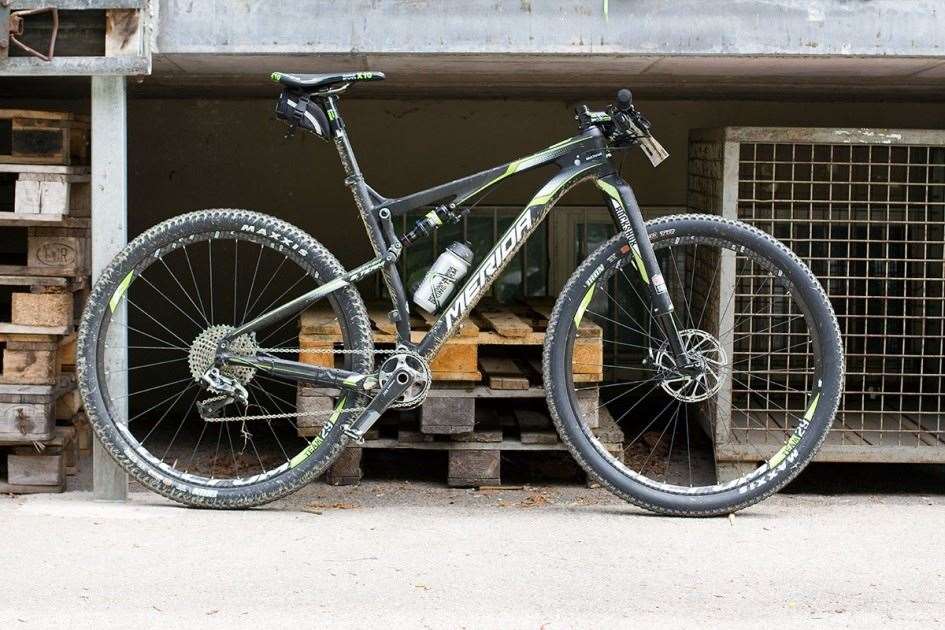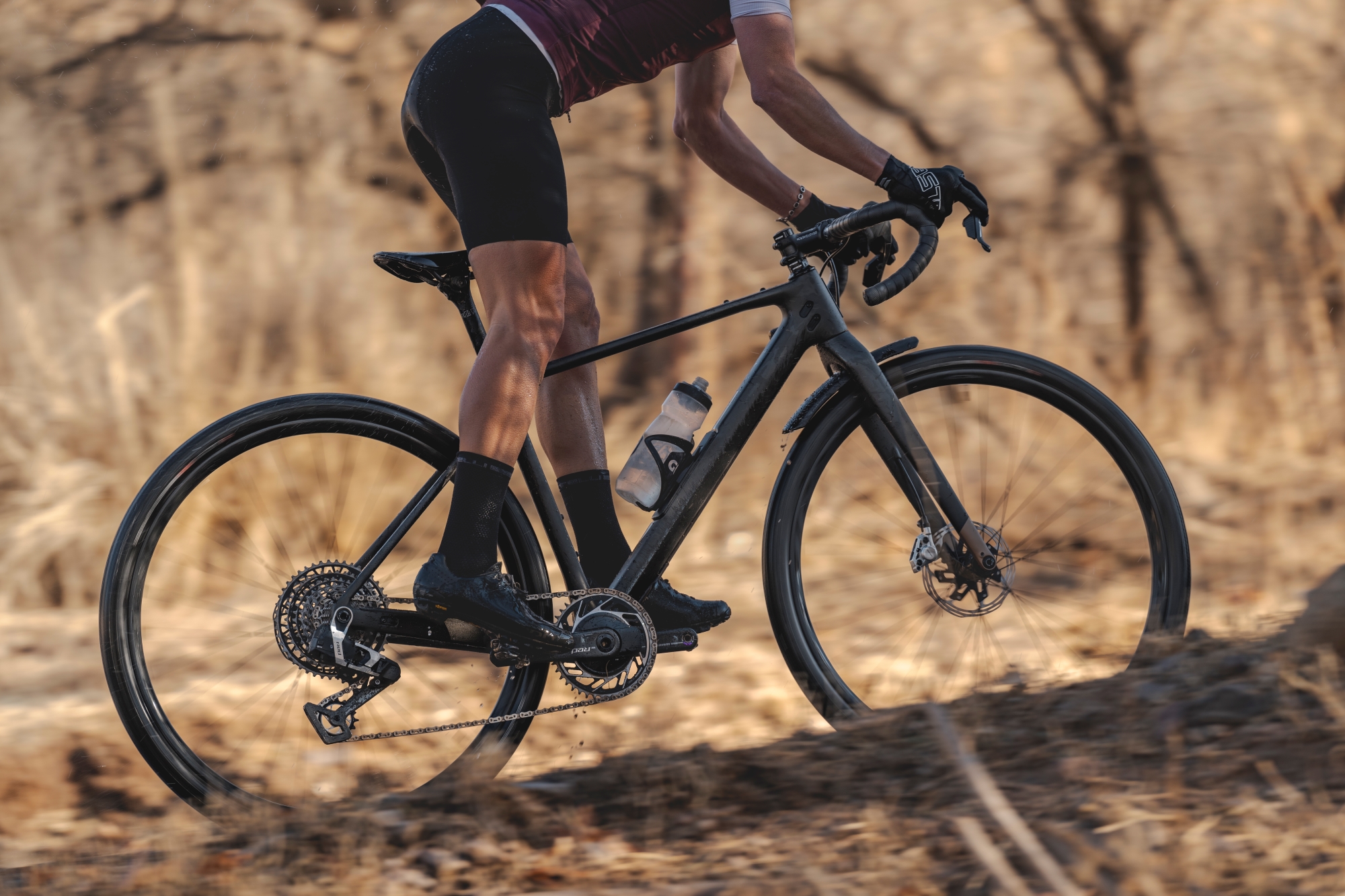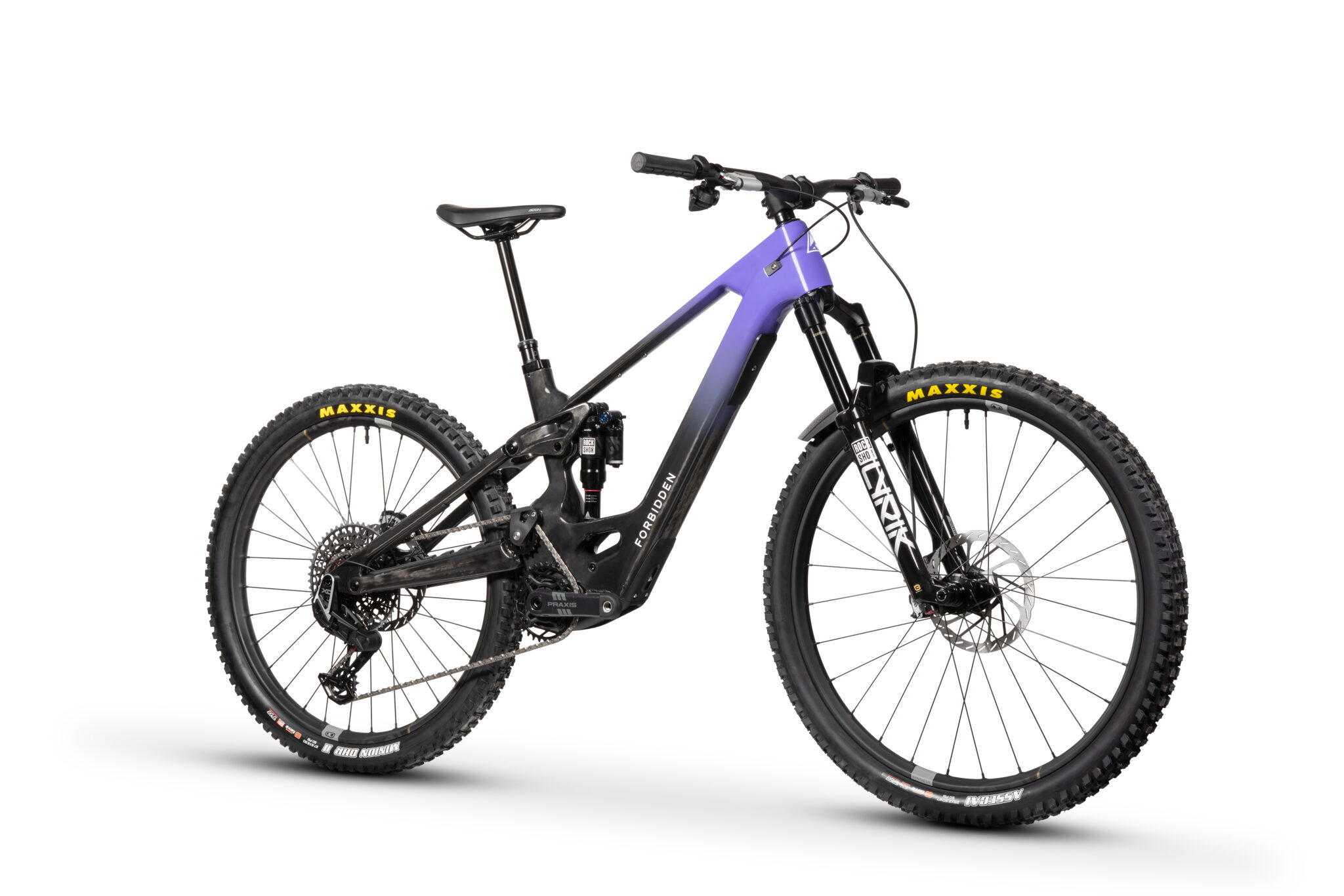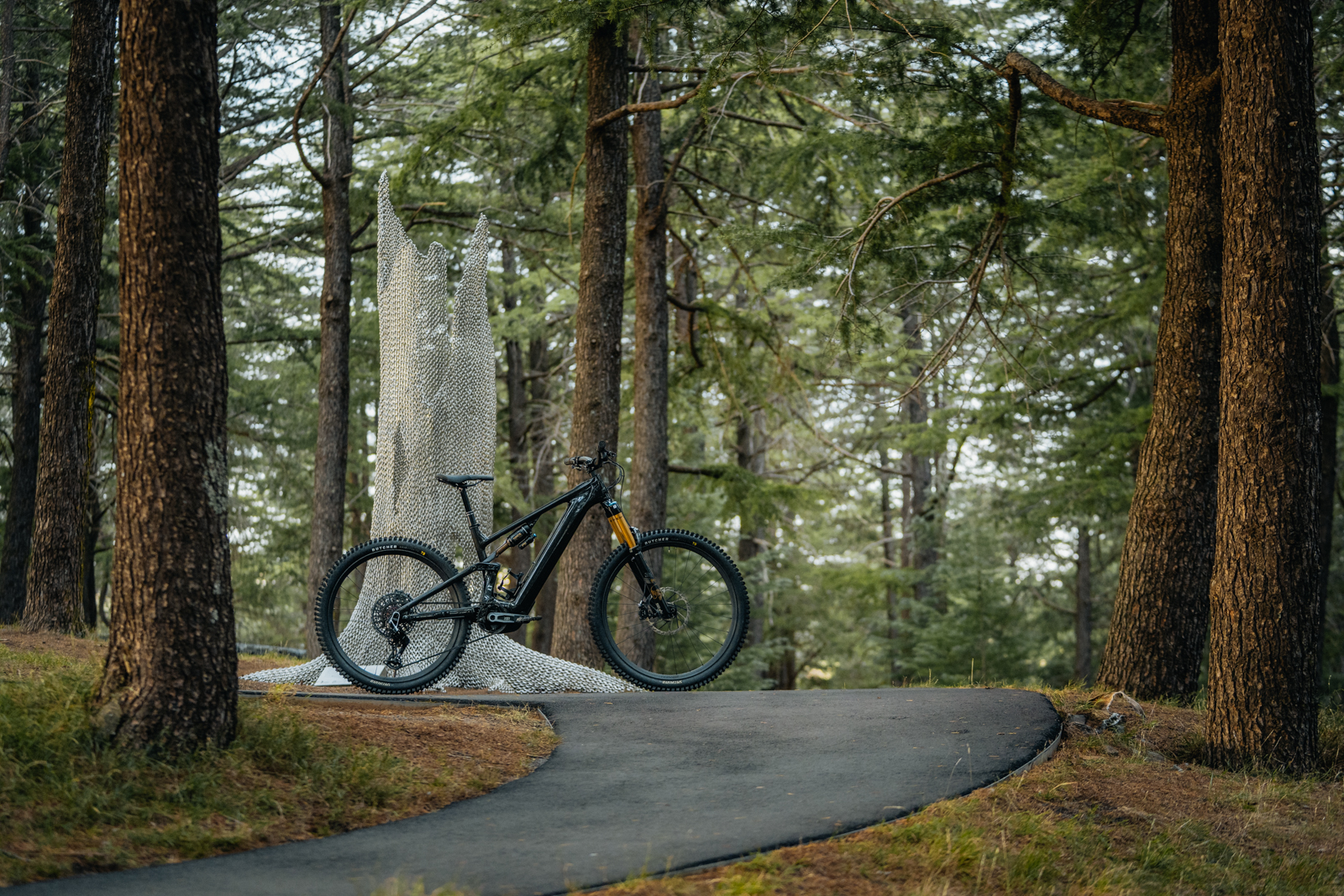Merida unveil new Ninety Six dual suspension bike
XCO racing is going through a rebirth - so it's a good time for Merida to update it's Ninety Six full suspension range.
Tough, fast and ever-changing. They’re fantastic descriptors for the environment of Olympic XC racing, yet they’re conveniently apt for the high-end mountain bike market. Merida’s newest answer to the challenges offered up by both has arrived in the form of the brand new Merida Ninety Six, a full-carbon, dual suspension bike designed, in part, for the rigours of World Cup XC racing. The new Ninety Six was officially launched in Albstadt at the second round of the UCI XC World Cup.
Size-specific wheels
One of the most striking development decisions made by Merida is to institute (or enforce, depending on how you want to look at it) size-specific wheel sizes. Extra-small and small frames will run 27.5″ wheels, whilst large and extra-large frame options will carry 29” options. Medium is the only size which will allow a choice between 27.5″ and 29”.
Merida explained this decision by stating their belief that rider stature ought to dictate wheel size. In much the same spirit of the debate that followed the introduction of 29” wheels, there’s bound to be some discussion about the virtue of this approach. But there it is.
Suspension differs between the models, with 96mm of travel on the 29er and 110mm for the 27.5″ options. It’s considerations like these that knock down any sense that Merida’s trying to cut down on the number of frame moulds required in its factories.
You’d forgive them for doing so. Jürgen Falke, head of research and development revealed during the launch that the manufactured of each carbon frame involves 11-14 hours of labour from start to finish. A stark contrast to the 40 minutes required from first cut to completion for the company’s aluminium frames.
The test bike ridden by AMB – on a test track and in the Gonso Marathon which accompanied the World Cup – was a large, and the performance of the 29er version at least was stunning to ride. Light, agile and left me with the impression that I had more than enough travel to deal with almost any XC or marathon course.
All you need is love…and carbon
Wheel polemics aside, the real start of the Ninety Six is its frame. It’s been designed to tip the balance in the love/hate relationship between dual suspension and XC racing. Every detail on the new bike – and there are plenty – demonstrates an incredible commitment to shedding necessary weight.
As you’d expect, the Team version of the bike benefits the most from the imagination of the company’s German engineering team.
The entire frame, including the elegant swing arm, is manufactured from carbon fibre using hundreds of sheets of pre-cut carbon, which are bonded together over an EPS core. This method allows more precise use of carbon, as the EPS foam provides a structure during bonding. Models below the Team frame won’t employ this method, and will serve a weight penalty as a result.
But it’s not just materials that aid in stripping weight. The top-tube mounting of the Rock Shox rear suspension allows the internally routed cable (more on those later) is a conscious feature borne of Merida’s commitment to weight saving.
Pointing to its XC roots, the single pivot design is perfect for single chainring setups increasingly favoured. However a front derailleur mount remains a necessary inclusion for now.
For the team frame, the overall result is light. With frame weight of around 1.75kg, Team bikes weigh in at an impressively light 10.2kg when equipped with SRAM XX1 and Fulcrum Passion wheelset.
Our test bikes were a “heavier” 11kg by virtue of difference in wheel weight, though even with plenty of climbing in the Gonso marathon, the bike responded efficiently uphill. In fact, locked out, there was only subtle movement compared against my own carbon hardtail.
Details to get rid of devils
I couldn’t help but think some of the weight savings are in order to compensate for the sheer number of names and acronyms their frame features possess. Jesting aside, Merida lead in the ingenuity department and one of the new frame’s features deserves specific praise.
The Smart Entry cable routing system could fairly be described as a revelation. These machined alloy inserts first clamp cables before being fixed into the frame. The system really is ingenious and allows an entirely internally routed cable system. It has been designed to accept every conceivable type of cable, including shifting, brake and electronic cables.
On top of the obvious aesthetic benefits, the Smart Entry system eliminates cable rattle, and, by providing direction for the cables from the handlebars, cable rub on the headtube is effectively impossible.
What looks like a tiny detail has the ingredients for an industry standard. For now at least, it’s Merida’s customers that will enjoy the advantages.
In his heavily accented English, Merida Multivan team rider Jose Antonio Hermida as a “wh-eapon”. He’s paid to say things like that, but from our initial impressions at least he’s right on the money.







